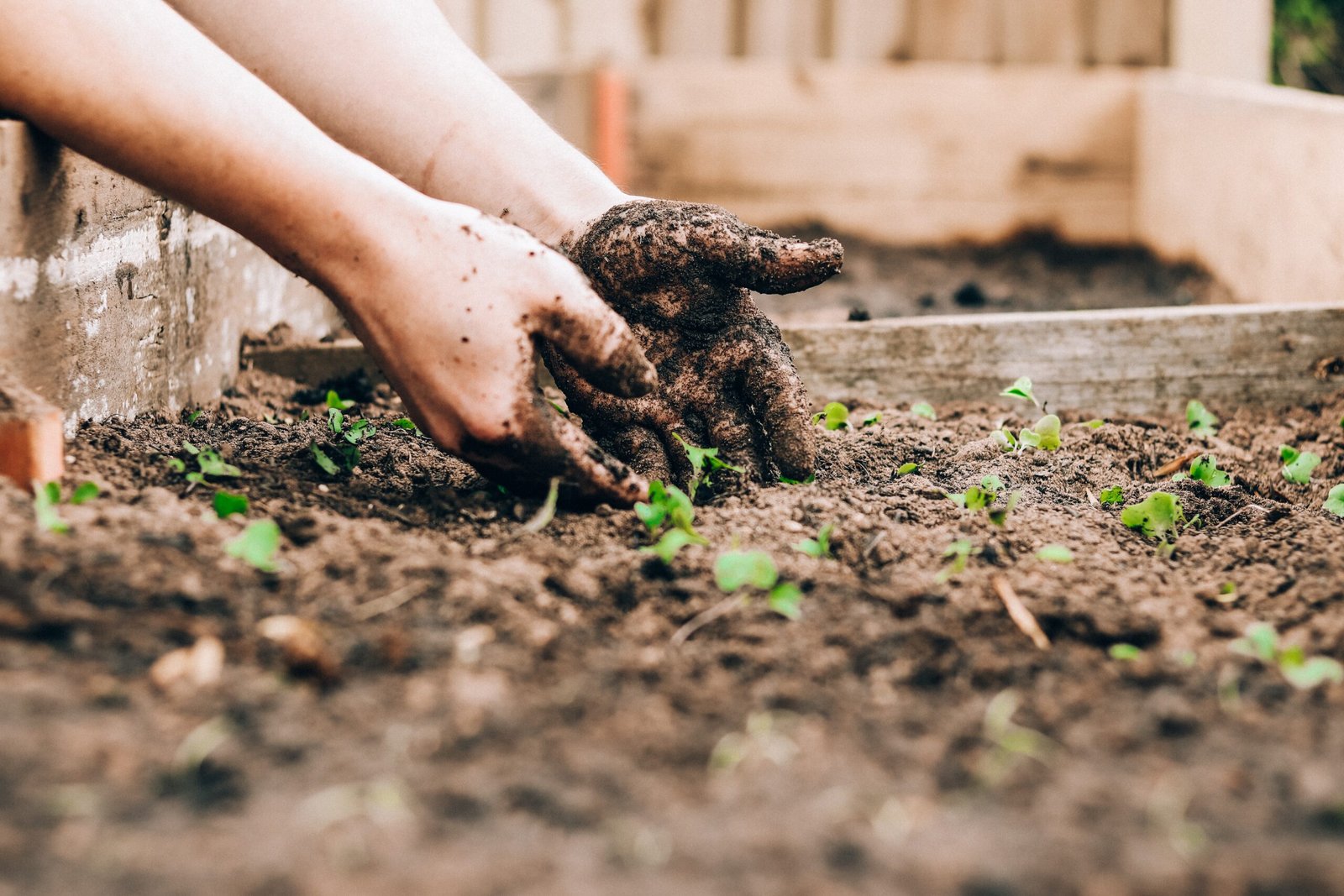Who doesn’t love the sweet and juicy taste of fresh strawberries? These little red gems are not only delicious but also packed with vitamins and antioxidants. And the best part is, you don’t need a garden to enjoy homegrown strawberries. With a few simple tips, you can easily grow strawberries at home and enjoy a bountiful harvest.
First, let’s talk about the different ways you can grow strawberries at home. If you have a small balcony or patio, you can grow strawberries in containers. All you need is a large pot or a hanging basket with good drainage. Fill it with a high-quality potting mix and plant your strawberry seedlings or runners. Make sure to place the container in a sunny spot, as strawberries need at least six hours of direct sunlight each day.
If you have a larger outdoor space, you can create a strawberry patch in your yard. Choose a location that receives full sun and has well-draining soil. Prepare the soil by removing any weeds and loosening it with a garden fork. Add compost or well-rotted manure to enrich the soil and improve drainage.
Now, let’s move on to planting the strawberries. If you’re starting from seedlings, dig a hole slightly larger than the root ball and place the seedling in the hole. Gently backfill the hole and press the soil around the plant. Water thoroughly to settle the soil.
If you’re using runners, which are the long stems produced by mature strawberry plants, you can peg them into the soil. Choose healthy runners with several leaves and roots. Dig a small hole where you want the new plant to grow, place the runner in the hole, and secure it with a U-shaped pin or a small rock. Water well and keep the soil moist until the new plant is established.
Once your strawberries are planted, it’s important to take care of them properly. Water regularly, especially during dry spells, but be careful not to overwater as this can cause root rot. Mulching around the plants with straw or pine needles can help retain moisture and prevent weeds.
Fertilize your strawberries every four to six weeks with a balanced organic fertilizer. Avoid using high-nitrogen fertilizers, as they can promote leaf growth at the expense of fruit production. Prune your plants regularly to remove any dead or yellowing leaves and to promote airflow.
When it comes to pests and diseases, strawberries can be susceptible to slugs, snails, and birds. To protect your plants from slugs and snails, you can place copper tape around the containers or use organic slug pellets. To deter birds, cover your plants with bird netting or use scare devices like reflective tape or plastic owls.
Now, let’s talk about harvesting your strawberries. Most strawberry varieties are ready to harvest about four to six weeks after flowering. Look for fully red berries with a sweet aroma. Gently twist or cut the stem to harvest the berries, being careful not to damage the plant.
Once harvested, enjoy your strawberries fresh or use them in a variety of delicious recipes. From strawberry shortcake to homemade jam, the possibilities are endless.
So, why wait? Start growing strawberries at home today and enjoy the taste of summer all year round. Whether you have a small balcony or a spacious backyard, growing strawberries is easy, rewarding, and a great way to connect with nature.

